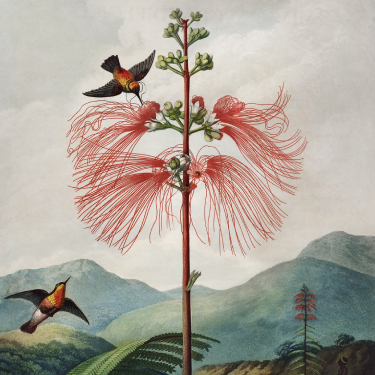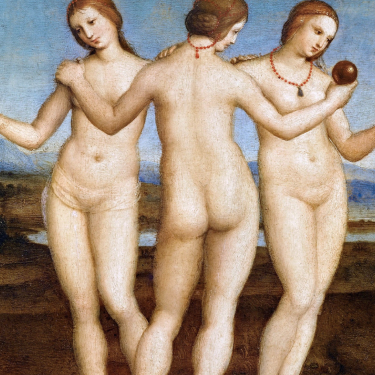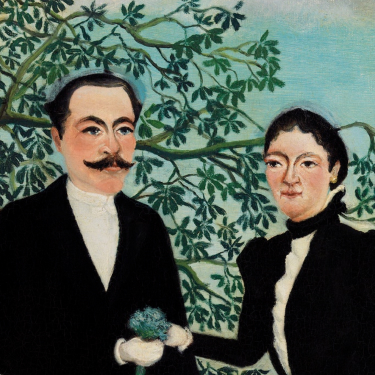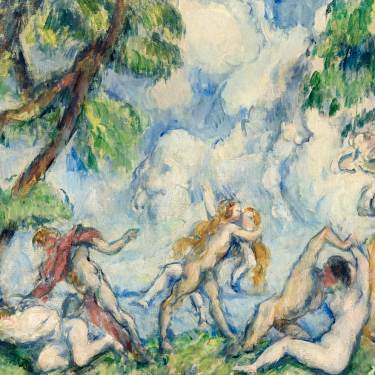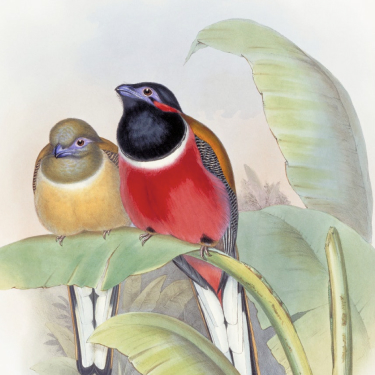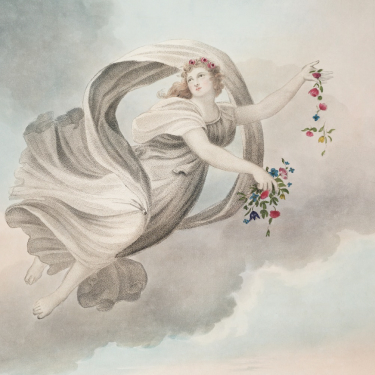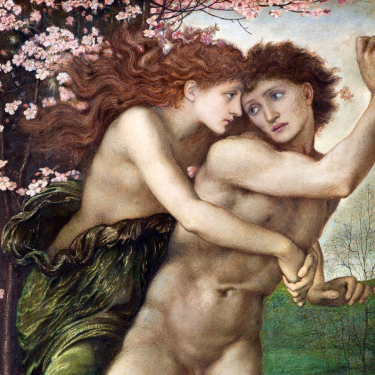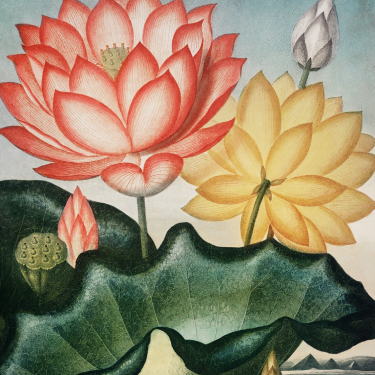The Admirer
LOVE
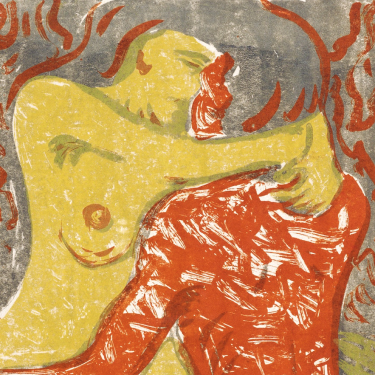
TDAE
Quick definition
Seek romantic passion and emotional connection in relationships. Desire commitment and interlaced lives with their partners. Need emotional reassurance during times of anxiety.
Find your score on over 100 traits on Dimensional.
Download
Description
TDAEs are a mix of longing, idealism, and emotional depth, paired with an undercurrent of anxiety that stems from their intense desire for connection. In the realm of romance, they seek not just a partner but a soulmate—someone with whom they can share every facet of their lives. This archetype thrives in relationships that allow for deep emotional entanglement, often blurring the lines between themselves and their partner to create a shared identity. However, their dreamy idealism is a double-edged sword, as it can lead to disillusionment when reality falls short of their fantasies.
During the dating phase, TDAEs might find themselves quickly enamored, their imagination painting vivid pictures of a shared future even from early interactions. Yet, their anxiety can surface if they sense any discrepancy between their ideal and the unfolding reality, leading them to seek constant reassurance from their partner. In long-term relationships, their challenge lies in balancing their intense emotional needs with the practicalities of daily life, learning to appreciate the beauty in the ordinary and finding stability within themselves as much as in their partner.
Opposite type
TDAEs are the opposites of IPCFs.
Desires
- Deep emotional connections that transcend superficial interactions.
- Stability and reassurance in their romantic relationships.
- A partner who shares their dreams and aspirations.
- To feel understood and accepted in their entirety.
Fears
- The relationship not living up to their idealistic expectations.
- Emotional abandonment or disconnection from their partner.
- Losing their sense of self in the pursuit of an enmeshed relationship.
- That their anxiety will push their partner away.
Inner Psychology
TDAEs often have a rich internal world, heavily influenced by their upbringing and early relationship models. Those raised in environments where emotional expression was encouraged may have developed their deep capacity for empathy and connection. Conversely, if their emotional needs were not consistently met, or if they witnessed tumultuous relationships, this may have sown seeds of anxiety about relationship stability. Their intense desire for connection could also stem from an innate fear of isolation, driving them to seek out relationships that promise an antidote to loneliness. Furthermore, their tendency to merge identities with their partner might indicate a search for validation and a fear of individual inadequacy.
Distribution of user scores
0
25
50
75
100
Other Archetypes in Love
Opposite
In(T)erdependent
(I)ndependent
(D)reamer
(P)ragmatic
(C)entered
(A)nxious
(E)motion & stability
(F)un & stimulation
Strengths
- Empathy: Naturally attuned to others' emotions, making them caring and compassionate partners.
- Commitment: Once committed, they are deeply loyal, striving to make their shared vision of love a reality.
- Introspection: Capable of deep self-reflection, which can foster personal growth and stronger relationships.
Challenges
- Anxiety Management: Their inherent anxiety can strain relationships, leading to clinginess or neediness.
- Idealism vs. Reality: Struggling to reconcile their idealistic expectations with the imperfections of real-life partnerships.
- Boundary Setting: Their desire for deep connections can lead to difficulty in maintaining healthy boundaries.
Traits in an Ideal Partner
- Emotional Availability: Able to engage deeply and provide the reassurance TDAEs crave.
- Patience: Willing to navigate TDAEs' anxieties and fears with understanding.
- Independence: Maintains their own identity, encouraging TDAEs to do the same, thereby fostering a balanced relationship.
Advice for Healthy Relationships
TDAEs should strive to recognize and celebrate the beauty in the mundane aspects of their relationships, understanding that not every moment will be intense or dramatic. Cultivating hobbies or interests outside the relationship can help maintain a sense of individuality and reduce dependence on their partner for emotional fulfillment. It's crucial for TDAEs to communicate openly about their needs and fears, but equally important to listen and adapt to their partner's boundaries and needs. Therapy and practicing mindfulness can help manage anxiety and foster a healthier, more balanced approach to love.
At Their Worst
When overwhelmed by their fears and insecurities, TDAEs can become excessively needy, seeking constant reassurance to quell their anxieties. This behavior can strain relationships, potentially leading to a self-fulfilling prophecy of abandonment or emotional distance. Their inability to reconcile their idealistic expectations with reality can result in persistent dissatisfaction and a series of tumultuous relationships.
At Their Best
When TDAEs embrace their capacity for deep emotional connection while also honoring their and their partner's need for individuality, they can cultivate profoundly satisfying relationships. Their empathy and commitment can foster a nurturing environment, allowing love to flourish. By balancing their intense emotional needs with a grounded appreciation for the present, TDAEs can achieve the stability and depth they crave, transforming their romantic ideals into sustainable, loving partnerships.
